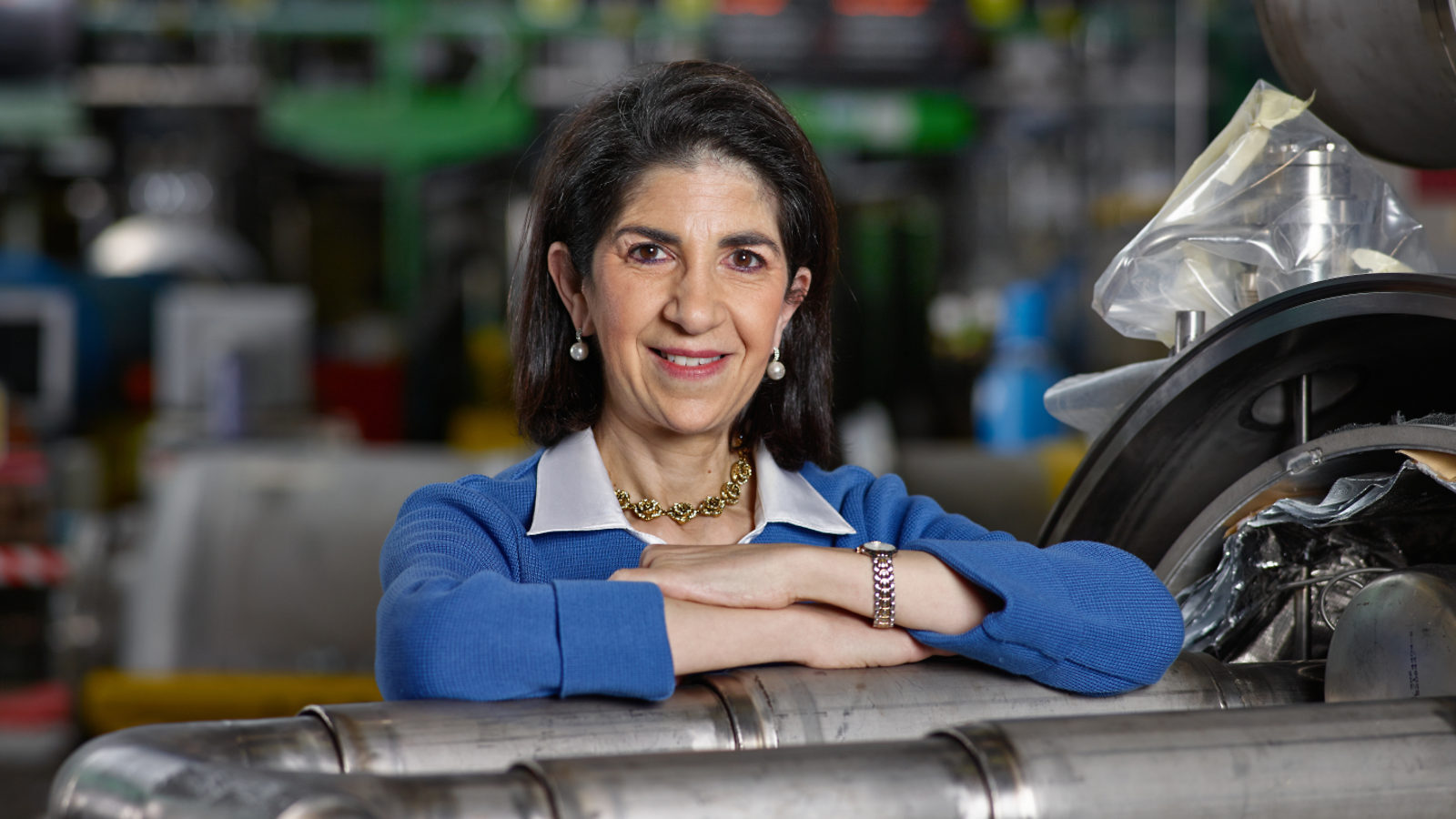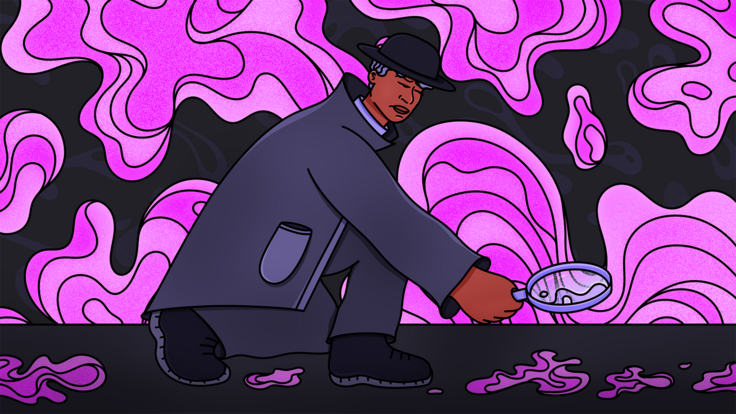Physicist Fabiola Gianotti started her mandate as the fifteenth Director General of CERN on January 1. She recently answered a few questions for Symmetry about what her biggest priorities and challenges are moving forward.
LHC Run 2 is in full swing. What does the scientific program promise for this year?
This year is going to be very important. Last year we made a big step in energy, a factor 1.7, and it will be a long time before another such step will be made in the future.
This year is going to be the year of ‘luminosity production,’ as we call it. The goal is to deliver to the experiments at least a factor of five to six times more data than last year. With these data the experiments will be able to perform more precise measurements of Standard Model processes and particles, including the Higgs boson. We need to know this very special and relatively newly discovered particle with a much higher precision than today, also because it is a door into new physics. The experiments will also measure rare processes and look for new particles with increased opportunities to discover new physics, if nature is kind enough to have put new physics at the energy scale explored by LHC.
What are the main priorities and objectives in your plan of work for CERN during your mandate?
The priorities are to maintain and expand CERN’s excellence in all its components.
Research in fundamental physics is our first mission. We are operating and upgrading the most powerful accelerator in the world. We have a compelling scientific diversity program. And we are preparing for the future.
Our field requires very complex, high-tech instruments, so another essential component of our activity is to develop the needed cutting-edge technologies, which are transferred to society. They cover a variety of domains, including superconducting magnets, vacuum, cryogenics, electronics, computing. Another important element is training young people—not only tomorrow’s scientists but also school kids and school teachers. Last but not least, peaceful collaboration, i.e. maintaining CERN as a place where people from around the world can work together in the name of science.
And the main challenges for the next five years?
Every day brings new challenges. In my opinion, the most important challenge for our community in the years to come is to prepare the future for CERN and the discipline in Europe, within the worldwide context. Between 2019 and 2020 we will update the European Strategy for Particle Physics and define the roadmap of the field for future years. It will be a very important and intense time for the community. We will have to build on what we’ve learned since the previous ESPP in 2013. A big role will be played by the LHC results—what we find at the LHC and what we don’t find.
Is CERN already making plans for a successor to the LHC?
We are already preparing for the future. It’s not too early; first discussions of the LHC took place at the beginning of the ’80s, and the LHC started operation in 2010. This project required 25 to 30 years from first ideas through first operation.
Preparation for the future proceeds along three lines: a vigorous accelerator R&D program; design studies of future high-energy colliders, including CLIC and FCC; and exploration of additional opportunities offered by the CERN accelerator complex—complementary to high-energy colliders. Indeed, the outstanding questions in today’s particle physics are so numerous and difficult that a single approach is not sufficient.
How do you see CERN and its role in the global picture of big science today?
The open questions in fundamental physics cover a broad range of issues, from dark matter to dark energy, from the matter-antimatter asymmetry to the flavor problem, etc. There is no single project, no single smoking gun that allows us to answer them all. The only way to address them successfully is to deploy the full set of approaches that the field has developed. These include high-energy accelerators, underground detectors looking for dark matter or proton decay, cosmic surveys, neutrino experiments, etc.
No single country, no single region can build and run all these projects. That’s why particle and astroparticle physics are becoming more and more global. We have to share the facilities in order to optimize the human, technological and financial resources. We have to collaborate, still maintaining a little bit of competition, which is always very healthy and very stimulating.







